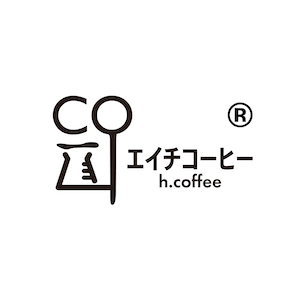
Notice regarding the start of argon gas addition to maintain quality
Share
In order to maintain the quality of our coffee beans, we have decided to add argon gas, a type of inert gas, to all of our coffee beans.
Nitrogen is a well-known inert gas used to maintain quality, but our store has determined that argon is more suitable than nitrogen due to its various physical properties, and has asked the local company Okaya Oxygen to supply us with argon gas.
By replacing some of the air in the package with argon gas, it is possible to prevent the deterioration of flavor due to oxidation, which is thought to be particularly effective for ground coffee and drip bags. The displayed expiration date is 90 days from the roasting date for all products, including beans, ground beans, and drip bags.
It was originally approved for use in preserving the quality of wine and alcohol, and I think that's a great thing about it, it's very Nagano-like.
Gas will be added to the shipments made from January 15th onwards.
Differences in the properties of argon gas and nitrogen gas
The advantage of argon gas over nitrogen gas is that it is more inert than nitrogen. Nitrogen is effective enough, so there may not be any need to choose argon, but the fact that there is an extremely low possibility of it reacting with other substances is a very reassuring factor.
Next is specific gravity. Argon gas is heavier than air, so it can be added by upward displacement. Nitrogen is slightly lighter than air, so upward displacement is not possible. Costly methods must be used, such as degassing before refilling, or blowing away the surrounding air with a blower. Argon gas can be simply sprinkled from above, and it will push aside the surrounding air and enter the tank. This means that the effect can be achieved with minimal capital investment and minimal operation.
However, the price is twice that of nitrogen. Fortunately, the cylinders can be rented, so the initial cost is half the price of nitrogen.
Safety of Argon Gas
Argon gas is a food additive under the Food Sanitation Act. Therefore, if handled properly, it does not have any adverse effects on the human body.
According to the SDS (food safety sheet), there is a risk of suffocation if high concentrations of argon gas are inhaled directly. However, the same is true for nitrogen and carbon dioxide, so argon gas is not considered dangerous.
Since these are unfamiliar names, some people may be concerned that they may be chemicals that have hidden adverse effects.
However, argon is a very familiar substance , being the third most abundant component of air after nitrogen and oxygen. In fact, argon gas is produced by cooling air to liquefy it, and using a method called fractional distillation that takes advantage of the difference in the temperature at which each substance becomes a gas.
As you can see from its inert nature, argon gas is a noble gas, which includes helium and neon. For industrial purposes, it is blended with carbon dioxide for welding.
Whether or not the customer is responsive
As always, when you receive your package, please close the zipper from the outside. If it is a commercial package, please cover the ventilation valve on the back with tape. Once opened, the effect of argon gas will be reduced or eliminated. By combining with freezing, deterioration should be further suppressed.
If for any reason you do not wish to have gas added, please write "no gas added" in the comments section.






